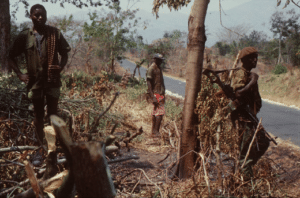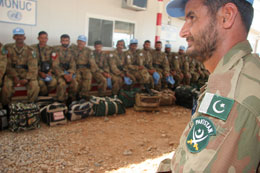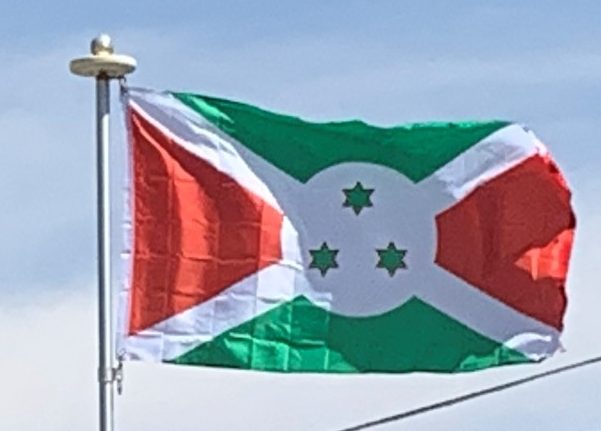
The mission’s mandate, under Chapter VII of the United Nations Charter, has been to monitor cease-fire; carry out disarmament, demobilization and reintegration of former combatants; support humanitarian assistance and refugee and IDP return; assist with elections; protect international staff and Burundian civilians; monitor Burundi’s troublesome borders, including halting illicit arms flows; and assist in carrying out institutional reforms including those of the Constitution, judiciary, armed forces and police. The mission has been allotted 5,650 military personnel, 120 civilian police and about 1,000 international and local civilian personnel. The mission has been functioning well. It has greatly benefited from the transitional government, which has functioned and is in the process of transitioning to one that will be popularly elected.
The main difficulty in the early stages was continued resistance to the peace process by the last Hutu nationalist rebel group. This organisation continued its violent conflict on the outskirts of the capital despite the UN’s presence. By June 2005, the group had stopped fighting and its representatives were brought back into the political process. All political parties have accepted a formula for inter-ethnic power-sharing: no political party can gain access to government offices unless it is ethnically integrated.
The focus of the UN’s mission had been to enshrine the power-sharing arrangements in a popularly voted constitution, so that elections may be held and a new government installed. Disarmament, demobilization and reintegration were done in tandem with elections preparations. In February 2005, the Constitution was approved with over 90% of the popular vote. In May, June and August 2005, three separate elections were also held at the local level for the Parliament and the presidency.
While there are still some difficulties with refugee returns and securing adequate food supplies for the war-weary population, the mission managed to win the trust and confidence of a majority of the formerly warring leaders, as well as the population at large. It was involved with several “quick effect” projects, including rehabilitating and building schools, orphanages, health clinics and rebuilding infrastructure such as water lines.

2006 to 2015:
Reconstruction efforts in Burundi started to practically take effect after 2006. The UN shut down its peacekeeping mission and re-focused on helping with reconstruction. Toward achieving economic reconstruction, Rwanda, D.R.Congo and Burundi relaunched the regional Economic Community of the Great Lakes Countries. In addition, Burundi, along with Rwanda, joined the East African Community in 2007.
However, the terms of the September 2006 Ceasefire between the government and the last remaining armed opposition group, the FLN (Forces for National Liberation, also called NLF or FROLINA), were not totally implemented, and senior FLN members subsequently left the truce monitoring team, claiming that their security was threatened. In September 2007, rival FLN factions clashed in the capital, killing 20 fighters and causing residents to begin fleeing. Rebel raids were reported in other parts of the country. The rebel factions disagreed with the government over disarmament and the release of political prisoners. In late 2007 and early 2008, FLN combatants attacked government-protected camps where former combatants were living. The homes of rural residents were also pillaged.
